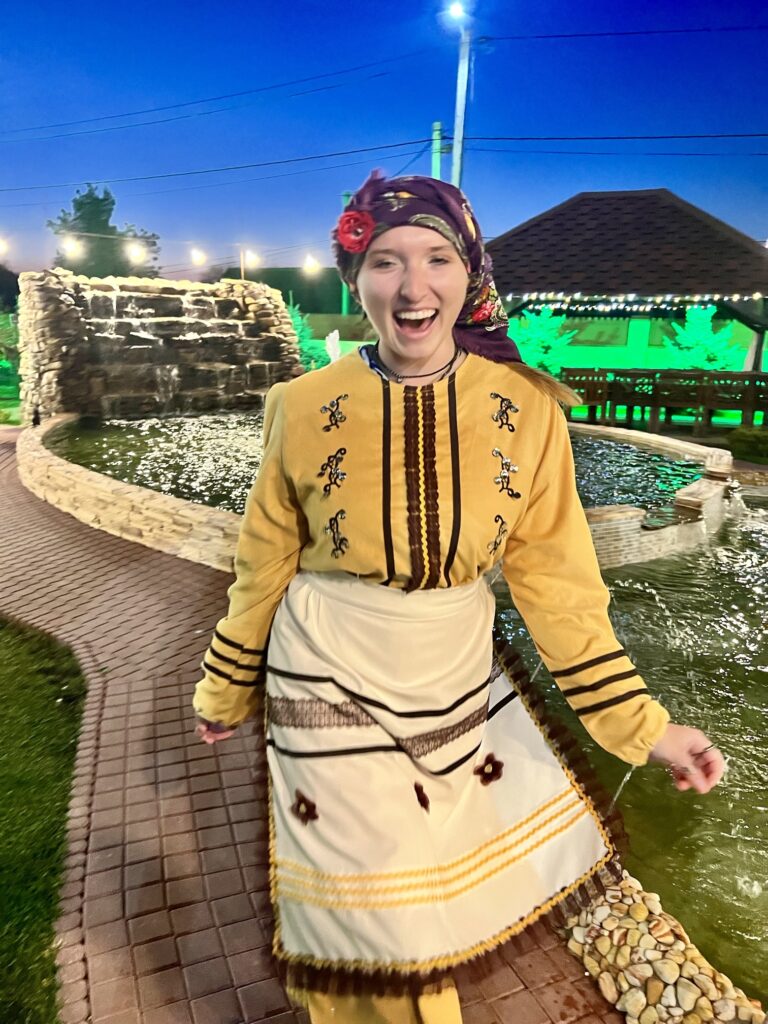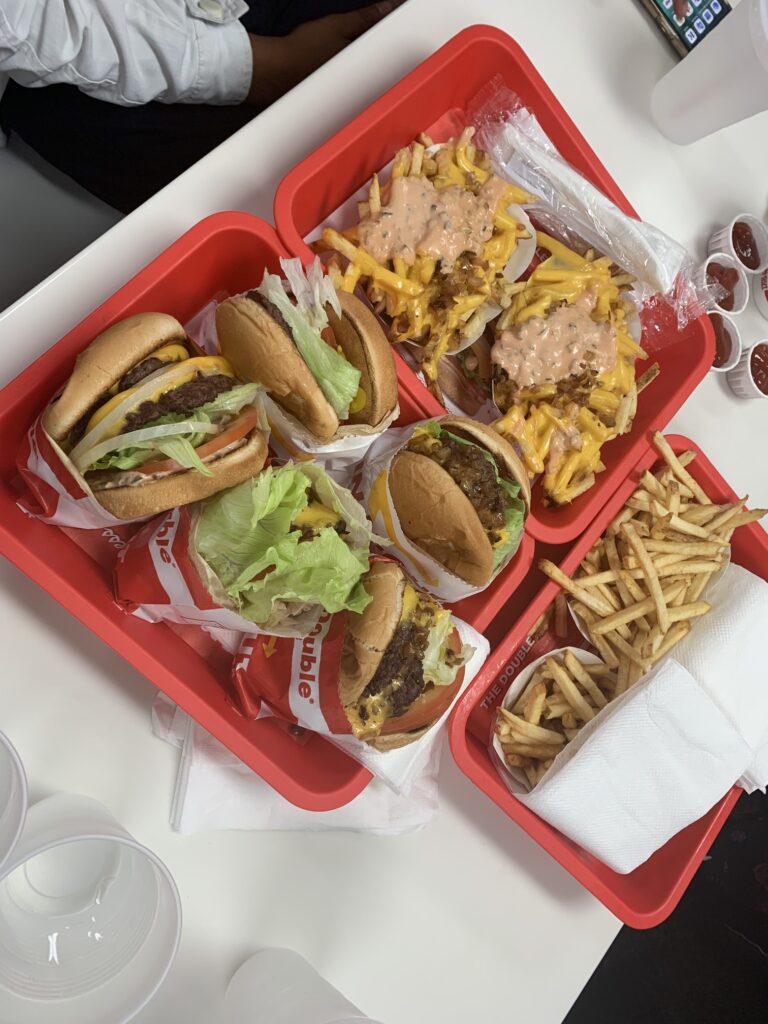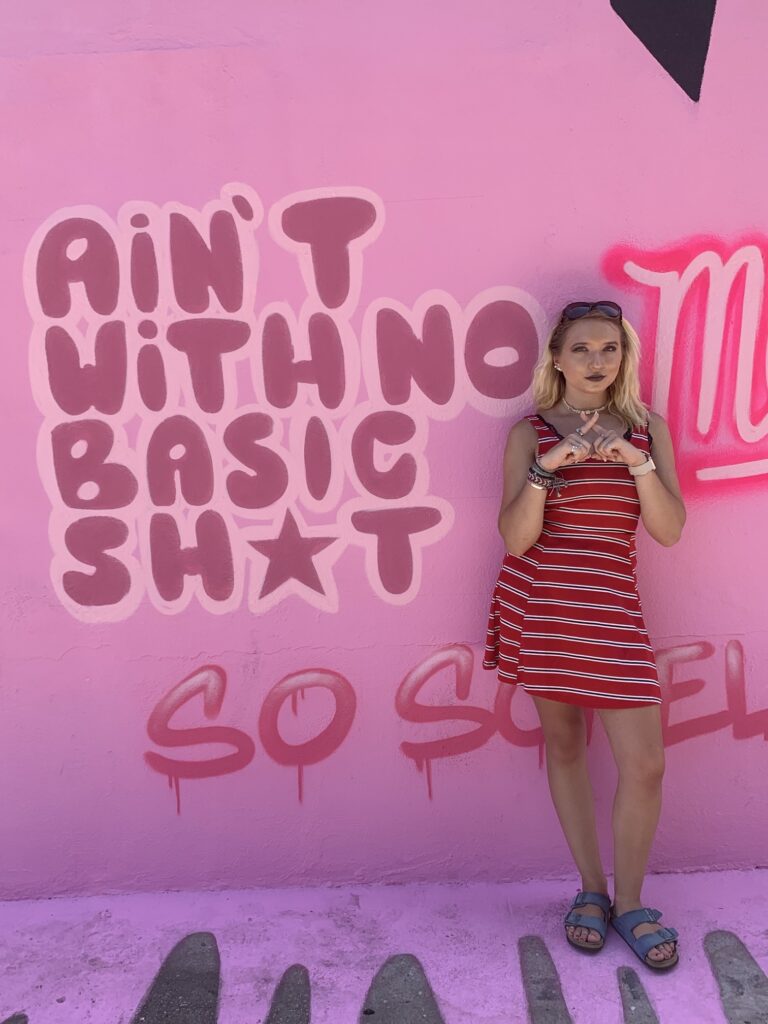
Places to Visit in Pridnestrovie: Soviet Time Capsule
 October 24
October 24
 17 min read
17 min read
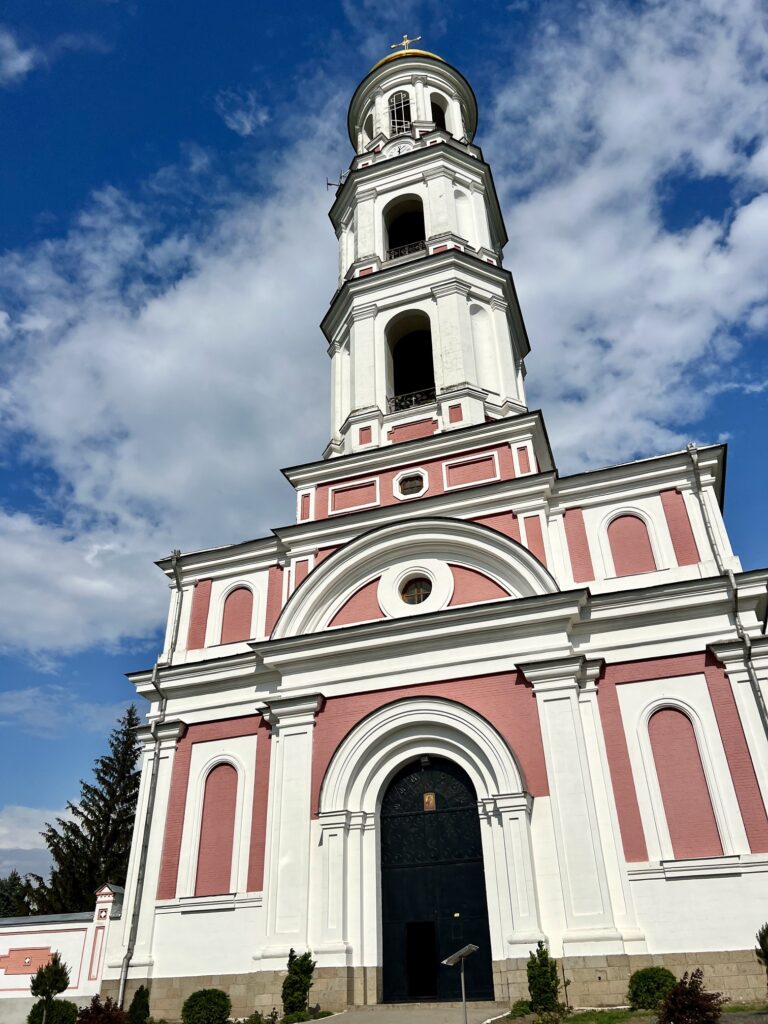
Places to Visit in Pridnestrovie: Soviet Time Capsule-Key Highlights
- Step back in time: Pridnestrovie lets you see remnants of the Soviet era. There are statues, monuments, and buildings from that time still standing.
- Unique political status: This region is one of Europe’s unrecognized states. It’s got its own government, military, and currency. However, it is still seen as part of Moldova by the world.
- Easy border crossing: If you have a valid passport, you can usually cross the border. Just get a registration card and a visa on arrival.
- A budget-friendly destination: Pridnestrovie has low-cost places to stay, eat, and travel. This makes it a solid pick for anyone on a tight budget.
- Authentic cultural experience: Here, you can see Soviet-style buildings, taste local cognac, and meet locals. This gives you a true taste of the culture.
Introduction
Pridnestrovie, previously referred to as Transnistria, is a self-declared republic located along the Dniester River in Moldova, between Moldova and Ukraine. It is a unique experience that feels like a time capsule of the Soviet Union. Since it declared independence in 1990, the area has not changed much. Travelers can see Soviet-era buildings, monuments, and cultural relics. Pridnestrovie offers a chance to step back into the past, giving a real sense of what life was like in the USSR.
The Mystery of Pridnestrovie’s Soviet Legacy
Imagine a place where statues of Lenin still stand proudly. The flag has the hammer and sickle on it, and Soviet-era buildings fill the area. This is Pridnestrovie, also called the Pridnestrovian Moldavian Republic. It is a breakaway state located inside the borders of Moldova, and as you explore the area, you can find yourself closer to the centre of Tiraspol. Although it is not recognized by the United Nations or most countries, Pridnestrovie has its own government, military, and even its own currency.
This interesting situation began after the Soviet Union fell. Pridnestrovie, where most people speak Russian, declared independence from Moldova, with some considering it a part of Russia. They were afraid of a change to Romanian language and culture. This led to a long-running conflict, putting Pridnestrovie in a state of frozen conflict. Because of this unique blend of history, culture, and political drama, Pridnestrovie becomes a captivating place for travelers.
Why did Pridnestrovie Separate from Moldova?
To understand why Pridnestrovie separated from Moldova, we need to look back at the collapse of the Soviet Union in the early 1990s. After the Soviet Union fell apart, many of its republics grew strong nationalist feelings and wanted to determine their own futures. This happened in Moldova too, where people started to reconnect with the Romanian language and culture.
However, Pridnestrovie, where most people speak Russian and which lies on the eastern side of the Dniester River, felt worried about these changes similar to concerns in South Ossetia. The region was heavily industrialized during the Soviet times, and it feared losing its economic and cultural importance in an independent Moldova. This concern led Pridnestrovie to declare independence from Moldova in 1990, causing conflict between the two.
A ceasefire was reached in 1992, but Pridnestrovie is still not recognized as an independent state internationally, and its future remains unclear. It has its own government and issues its own passports and currency. The presence of Russian peacekeeping forces in the area adds to the complex issues surrounding Pridnestrovie’s situation.
Who Recognizes Pridnestrovie?
Pridnestrovie claims to be independent and has its own government. However, it is in a difficult position in terms of global politics. Not one UN member state officially recognizes Pridnestrovie as its own country. Most of the international community views it as part of Moldova.
Moldova sees Pridnestrovie as an area with special legal status inside its established borders. Still, Moldova has not been able to control this region well for many years.
Moldova and Pridnestrovie are talking to each other with help from groups like the Organization for Security and Co-operation in Europe (OSCE). They want to find a peaceful solution to the issues between them. For now, Pridnestrovie remains unrecognized, its future is unclear, and its status is a topic of debate worldwide.
The Historical Significance of the Dniester River
Flowing calmly in Eastern Europe, the Dniester River is more than just a natural feature. For many years, it has been an important border, separating empires, cultures, and beliefs. The river has seen many civilizations rise and fall, from the Roman Empire to the Soviet Union. Each of them has left a lasting mark on the land and its people.
Currently, the Dniester River acts as the key dividing line between Moldova and Pridnestrovie. This river, once overlooked, now finds itself in a complex political situation. It quietly reflects the complicated history shared by the two regions, both dealing with their past and uncertain futures.
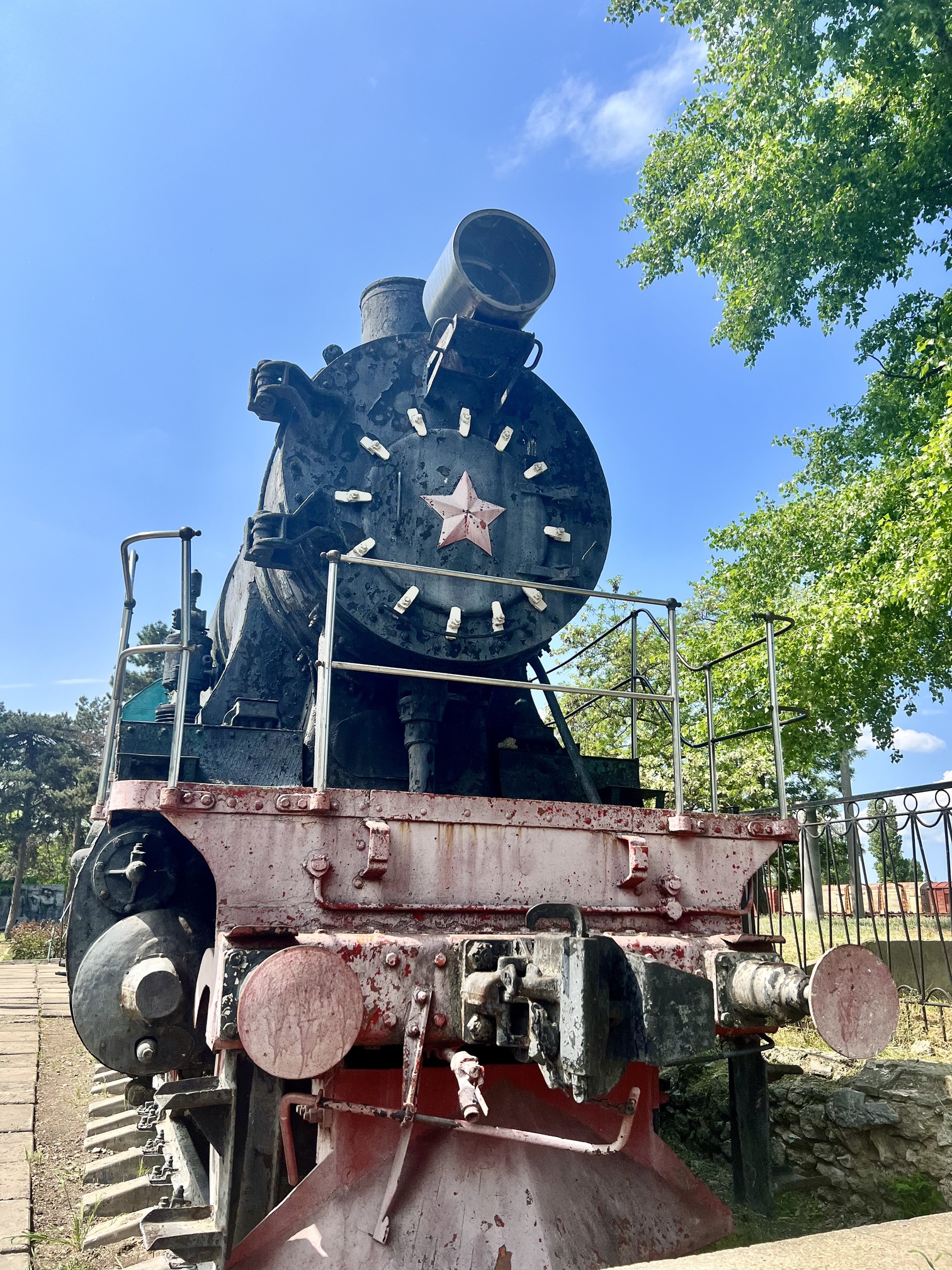
Essential Travel Tips for Navigating Pridnestrovie
Venturing to Pridnestrovie needs a little prep before you go. It’s not too hard, but knowing the visa rules, how to exchange currency, and some basic Russian phrases can help a lot. Many people take a day tour trip to Pridnestrovie, but spending a night or two lets you enjoy its special vibe even more.
To get the best out of your trip back to a Soviet time, think about booking a tour with a local guide. They can share the local culture, history, and politics with you. They will also help you deal with essential steps like making sure you get the right stamps on your migration card at the border crossing. This small detail can save you from problems when it’s time to leave.
Understanding Visa Requirements for U.S. Citizens
U.S. citizens planning a trip to Pridnestrovie can feel good knowing that they can get a visa when they arrive. Here are a few important things to remember. When you get to the border, you need to show your passport, and if you are using a rental car, ensure that all necessary documentation is in order. Make sure your passport is valid for at least six months after your planned stay in Pridnestrovie. You will get a migration card where you must fill in how long you plan to stay.
You can stay in Pridnestrovie for up to 45 days. They might not ask for hotel booking confirmations, but it’s smart to have them just in case. Keep your migration card safe, as you will need it when you leave.
If you want to stay longer, you can get a visa extension at the immigration office in Tiraspol. The officials there are usually helpful, and the process is easy, even if it’s a bit different from what you might expect.
Navigating Currency Exchange and Payment Methods
In Pridnestrovie, the money used is called the Pridnestrovien Ruble (PRB). This currency is not recognized outside the region and cannot be changed in places like Moldova. This is why planning your money exchange is important.
You are credit cards and debit cards will not work in the region. Good options are US dollars, Euros, Moldovan Lei, or Russian Rubles for better way on exchange rates. There are many exchange offices where you can swap your money when you arrive or in different spots around Tiraspol.
In Pridnestrovie, credit cards are not used much. Most transactions are done with cash. Be sure to have enough local money for your needs during your visit, especially if you go outside Tiraspol, since places to exchange money may be limited.
Language Tips for English-Speaking Travelers
Russian is the main language spoken in Pridnestrovie, and almost no one speaks English. Don’t let this stop you. Learning a few basic Russian phrases can help you connect with others and manage daily activities.
Start by greeting people with “Здравствуйте” (zdravstvuyte) for hello and saying “Спасибо” (spasibo) to thank someone. Other helpful phrases include “Да” (da) for yes and “Нет” (niet) for no. People will appreciate your effort, even if you don’t say it perfectly.
In Moldova, Romanian is official, but it is not widely used in Pridnestrovie. You may meet some people who speak Romanian in certain places, but you will mostly speak Russian. It might be a good idea to have a translation app to help you communicate better.
Staying Connected: Internet and Mobile Services
Staying connected in Pridnestrovie is quite difficult, because of its special political situation. Many hotels and cafes offer free Wi-Fi, but your foreign internet and cellular data will not work! Therefore, if you’re staying in the region for a long time, getting a local SIM card is a good option to stay online. Local mobile companies have cheap data packages that you can easily top up.
In Tiraspol, you can find many mobile shops, including some at the main bus station, that will help you get a SIM card. The best way to do this is to ensure you register your passport details, so make sure you bring it with you. You will need to pay for mobile services in Pridnestrovien Rubles.
Exploring Pridnestrovie: A Journey into a Soviet Time Capsule
Pridnestrovie is a unique place for travelers who want to see something different. You can walk through squares that are filled with Soviet-era monuments. You will also find bits of the old industrial times. In Tiraspol, you can check out the wide streets with tall buildings that have Stalinist-style architecture. If you go outside the city, you will discover more hidden spots.
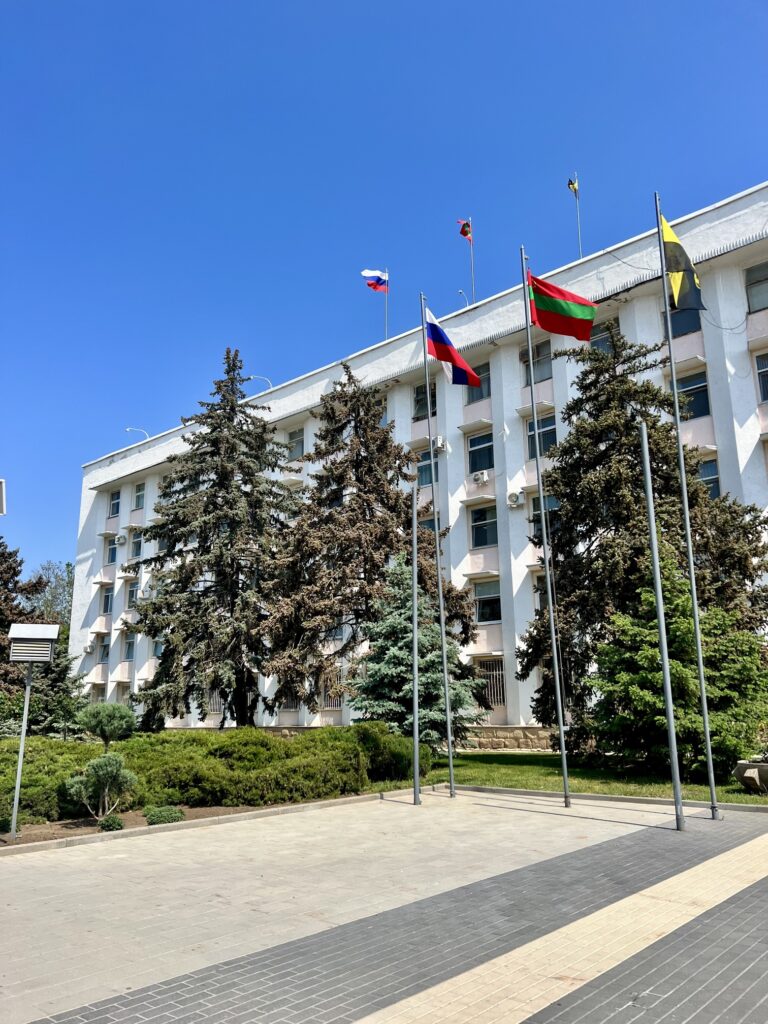
1. The Iconic Soviet Monuments of Bender
No visit to Pridnestrovie’s Soviet past would be complete without going to Bender, home of the historic Bendery fortress. This is the second-largest city in the area. Bender’s streets show signs of its tough past and links to the Soviet time. Begin your tour at the Tank Monument. This is a strong symbol of the 1992 war, which helped give Pridnestrovie its independence.
Another important place to see is the Eternal Flame war memorial. It honors the soldiers who died in World War II and in the 1992 conflict. This site is a moving reminder of the costs of war and the sacrifices made for beliefs and freedom.
As you walk around Bender, look for the many Lenin statues. They still stand as signs of the lasting impact of Soviet symbols. The city’s style, with its large concrete buildings and wide streets, takes you back to the days of the USSR.
2. Abandoned Factories & Warehouses.
Explore Pridnestrovie’s interesting past by visiting its empty factories and warehouses. These signs of the Soviet era quietly remind us of a time when industry thrived. Walk through these old buildings and feel the history of a busy production center. Learn about the work and growth that used to fill these now lonely places. Each chipped wall and rusty machine shares a story of a region changed by time, ready for adventurous travelers who want to see a fading industrial story.
3. Noul Neamt monastery
Escape the busy life of urban Pridnestrovie by visiting Noul Neamt Monastery. This peaceful spot is surrounded by rolling hills near Chitcani village. It offers a calm change from the Soviet monuments and tall buildings found in other places. Noul Neamt Monastery, established in 1864, has historical connections to the Ottoman era as a skete of the Neamt Monastery in Romania.It quickly turned into a key spot for spiritual vibes.
The monastery features traditional Moldovan architecture and is home to monks who spend their lives on prayer and crafts. The quiet atmosphere and beautiful nature create the perfect place for thinking and reflection.
Visitors can explore the monastery, admire the stunning frescoes on the church walls, and see the monks in their daily activities. Take your time to feel the spirituality and calmness of this holy place, which is very different from the busy city life of Tiraspol.
4. Try Caviar at Aquatir Factory
Indulge in a real food adventure by visiting the Aquatir Factory in Tiraspol. It is one of the largest sturgeon farms in Europe. Here, you can see how caviar is made, from egg to jar. Some sturgeons are even bigger than a man, and that is an impressive sight.
You can join a guided tour to learn about the careful work of sturgeon farming. You’ll find out about the steps needed to make this luxury food. The best part is the caviar tasting. You get to try the wonderful flavors of this special product. You will not be able to enter or do the tour without a reservation.
Whether you know a lot about caviar or are just curious about food, visiting the Aquatir Factory is a great experience. It offers a unique chance to enjoy one of Pridnestrovie’s most famous products and learn more about this interesting industry.
5. Great Synagogue of Rashkov
Venture beyond the usual spots in Pridnestrovie to find the Great Synagogue of Rashkov. This place is an important part of the area’s rich Jewish history. Though it is not as grand as it once was, the worn outside shows hints of its lively past. Located in Rashkov village, this historic site goes back to the 18th century and was once a hub for Jewish life.
The synagogue lived through many years of culture and tradition but then faced the dark times of the Holocaust. Its walls hold a lot of history. They remind us of the strong spirit and struggles of the Jewish community. Visiting the Great Synagogue of Rashkov is a touching experience. It helps you learn more about the complex history of Pridnestrovie.
6. Visiting the Kvint Cognac Distillery: A Taste of Soviet Luxury
Experience a taste of luxury from the Soviet era at the Kvint Cognac Distillery. This place shows Pridnestrovie’s strong history of fine craftsmanship. For many years, this distillery has made high-quality cognac. They stick to good old methods that have been handed down over the years. After a short walk, step inside the factory and learn about how cognac is made.
Join a guided tour to see how grapes go from the vineyard to the bottle. You will find out about the distillation process, how aging in oak barrels works, and the skill of blending. This creates the wonderful flavors of Kvint cognac.
No trip to the distillery is finished without a tasting. Enjoy the rich smells and flavors of this famous drink. You can buy a bottle to take home. It’s a nice reminder of your visit to Pridnestrovie and its commitment to traditional craftsmanship. Reservations need to be made in advance, especially if you are requesting a tour in a different language other than Russian.
7. Kislov Winery
Visit Kislov Winery to taste the unique flavors of Pridnestrovie. Here, they use traditional methods and local grapes. You can enjoy a nice trip through the vineyards. Find out about the types of grapes grown in the area and how wine is made, from picking the grapes to fermentation.
Treat your taste buds to a wine tasting. You can try a variety of Kislov’s best wines. The winery offers red, white, and sparkling wines. Each one shows the special qualities of Pridnestrovie. It’s a chance to support local businesses and take a piece of this unique place home.
Whether you know a lot about wine or just want to try something new, visiting Kislov Winery is a great choice. This experience lets you dive into Pridnestrovien winemaking and see how they keep their traditions alive. Kindly ensure that your reservations are made in advance.
8. Soviet Cantines
Step into a different time and feel real Soviet nostalgia at the Soviet cantines in Pridnestrovie. These places are not just for eating; they are special reminders of the past. They bring a unique charm that takes visitors back to the days of the Soviet Union. You can enjoy traditional dishes in a cozy atmosphere, giving you a true taste of history. Additionally, you will be able to see a lot of Soviet memorabilia. Dining at a Soviet canteen is something you should not miss when you are in Pridnestrovie.

Safety and Etiquette in Pridnestrovie
Pridnestrovie is a safe place for travelers. It has a low crime rate. Make sure to know what is happening around you. Try not to walk alone late at night, and keep your valuables safe.
Respecting local customs is very important in Pridnestrovie, like in any other country. Dress modestly when you go to religious sites. Do not talk loudly in public places. Be aware of how you act. A little respect and being aware of the culture can help you have a great experience.
Practical Safety Advice for Tourists
Pridnestrovie is mostly safe, and it has a low crime rate. However, it’s smart to stay alert and be careful when you travel. Try to avoid dark areas at night. This is especially true near bus and train stations. Also, do not show a lot of cash in public.
You might meet police officers who will want to see your identification. It’s good to have your passport and migration card with you all the time. Most of the time, meetings with law enforcement are just normal checks. Still, it’s best to be ready.
If you do face any problems or need help, you can reach out to your embassy for support. Keep in mind that because Pridnestrovie is not officially recognized, getting help might be different from what you would get in recognized countries. So, be ready to stay patient and open-minded.
Cultural Etiquette: Dos and Don’ts
Respecting local customs is very important in Pridnestrovie. If you show that you understand and appreciate their culture, it will help you have a good experience. When you meet locals, smiling and being friendly can help improve communication. If you attempt to speak Russian, the locals will be more receptive and friendly.
When you visit religious sites, it’s best to dress modestly. Women should consider covering their heads with a scarf, and men should not wear shorts or sleeveless shirts. You can usually take photos inside religious buildings, but it’s polite to ask first. Do not take photos of any government buildings or else you might have trouble with the police.
Keep in mind that Pridnestrovie values its history and traditions. By being respectful and open to learning, you will see that the people of Pridnestrovie are often friendly and welcoming.
Health and Medical Facilities for Travelers
When you think about health and medical care in Pridnestrovie, it’s important to be ready. There are basic medical facilities in major cities like Tiraspol, but overall, medical services are limited. It’s very important to have good travel insurance that covers medical care during your trip.
Do not drink the tap water, only from bottled water. Be careful about food hygiene, especially when eating at small places or from street food vendors. Be ready for any health issues that might come up, and don’t hesitate to get medical help if you need it.
Conclusion
Traveling to Pridnestrovie is a unique experience. It feels like stepping into a time capsule from the Soviet era. To have a safe visit, know the area’s travel rules, how to exchange currency, and local customs.
Considering a visit to Moldova? Check out my Complete Travel Guide to Moldova!
Or visit Moldova’s official tourism website here.
Frequently Asked Questions
Is it Safe for Americans to Travel to Pridnestrovie?
Yes, Pridnestrovie is usually safe for US citizens. The crime rates are low. However, just like any place you visit, it’s smart to take some basic precautions. Be polite to the border guards, have your passport with you, and follow general safety tips.This will make sure your trip is totally stress-free.
How Do I Get a Visa for Pridnestrovie as a U.S. Citizen?
You do not need to apply for a visa to enter Pridnestrovie as a U.S. citizen. You will only need a valid passport. When you arrive at the border, you will need to give the border agent your passport and then you will received a receipt that will act as your visa. DO NOT LOSE THIS PAPER!
Can I Use my Credit Card in Pridnestrovie, or Should I Carry Cash?
As a foreigner, you need cash with you in Pridnestrovie. You can exchange US dollars, Euros, or Moldovan Lei at the money exchange in Sheriff, since credit cards are not accepted.
Related Posts
Explore Yosemite National Park: A Nature Lover’s Paradise
Key Highlights Next, let’s dive into what makes Yosemite National Park an unmatched treasure of the United…
Local Favorites: What Food to Eat in California
Key Highlights Introduction California, also called the golden state, is a great place for people who love…
Discover the 20 Best Places to Visit in California Now
Key Highlights Introduction California is a place that has something for everyone. You can find natural beauty…

